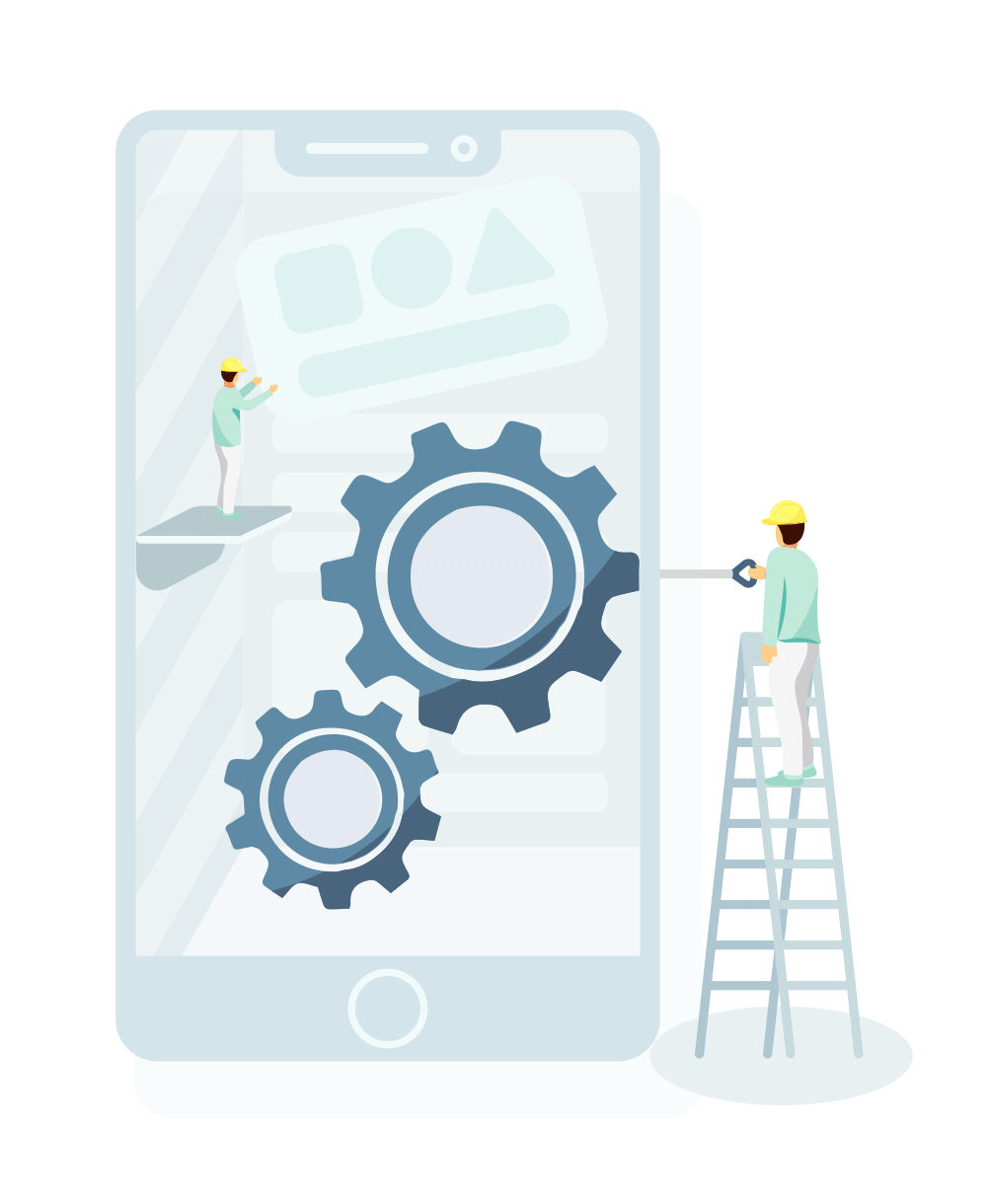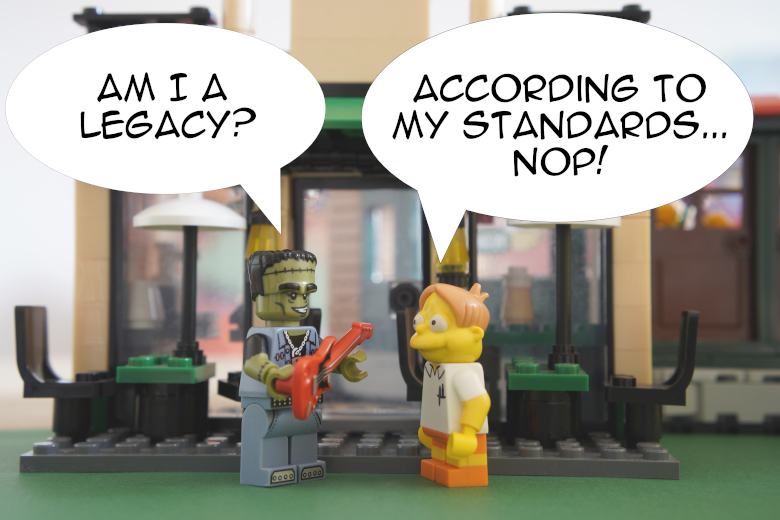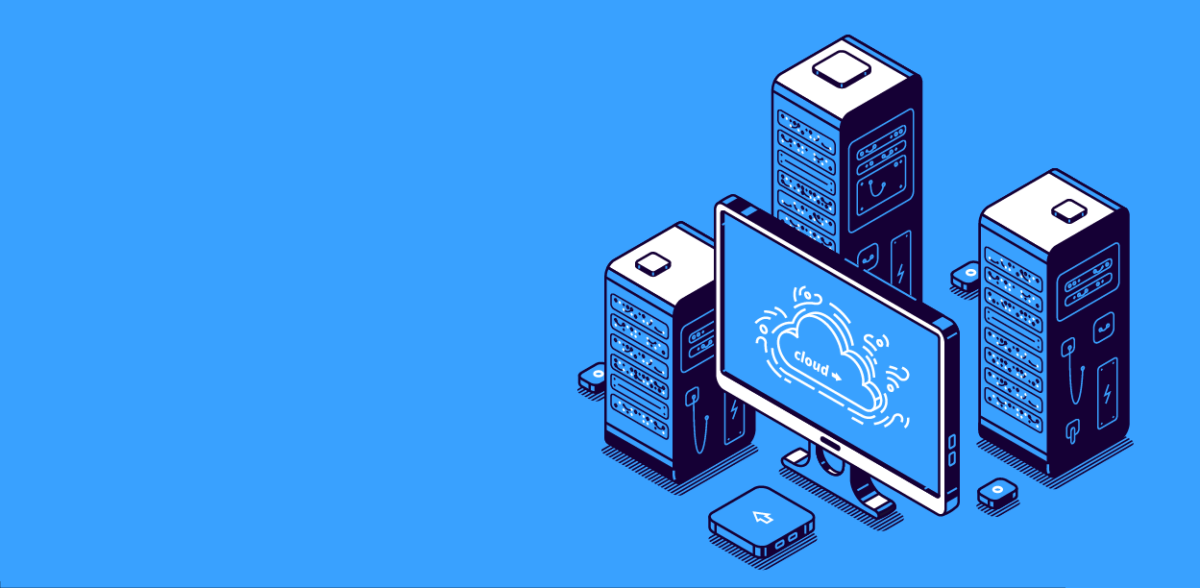Maintenance and support of a system’s components are crucial for every organization. In addition to skills, maintaining the apps in good shape is crucial for the efficient use of their resources. This paper will concentrate on legacy application maintenance. How legacy systems use the tool. After an application has been delivered to the client. The first stage in maintenance entails the process of updating or modifying the software support package for all apps. Following the adjustment, all updates are issued in accordance with the client’s requests.
Application Maintenance and Support

Application maintenance is similar to routine physical exams and is necessary for the system’s applications to operate properly and in good health. In doing application maintenance, clients’ needs are taken into consideration. Application maintenance has four categories. The first is only for critical situations. The second is for application maintenance to fix any faults found after delivery. Thirdly, there is application maintenance for faulty software that requires remedial maintenance. Adaptive maintenance is the last and fourth type of maintenance. In this, support packages update the system to meet new limitations.
Defining Legacy Systems
Most of the application maintenance techniques are to support and maintain legacy systems and technology. The legacy systems are applications and programs that work on outdated technologies.

These outdated systems are termed so as they need help for rectification. Legacy systems aid in reducing cost factors ensuring that the most cost-effective approach is taken. A single system is enough to establish or continue as a legacy system, if required other systems can be pooled to form a legacy system.
Sometimes the legacy system may not even receive the proper support and upkeep. This makes it difficult to integrate it with modern systems or enhance user experience.
Despite this, many businesses rely on legacy systems. Making the updates just as important for these businesses. Due to this, it is necessary to modernize legacy systems, which entails replacing them with an improved value-proposition solution.
Legacy systems are inefficient
Software maintenance is crucial since it reduces the margin for error and improves the product’s efficiency. A lack of maintenance can cause an application to degrade in performance and become challenging to use.
The outdated code of the legacy system makes maintenance challenging. Old code is generally cumbersome and incompatible with modern tools and software.
Need for Application Maintenance on Legacy System
In a technologically driven environment, where legacy systems are now widely accessible and growing quickly, it is crucial to support and manage these systems. Application support for legacy systems also includes real-time testing. Error correction is necessary to let the App function without interruptions after delivery. Many firms all across the world still use legacy systems for application maintenance, despite the fact that they are old. Applications are based on a single client, so there is always a chance that the client’s software will be flawed. To maintain the app old systems are better.
How Should You Approach Your Legacy System Modernization?

Consider more than just your system:
How will this change to your infrastructure affect your staff and business processes? To increase the likelihood that your modernization will be effective, make sure to keep them informed. Spend some time talking with your staff members. About any difficulties, they may be facing while working on the project and any potential future steps that may be required.
Take your time:
There’s no need to update ALL of your technology at once; it’s not necessary. You run the risk of spreading yourself too thin if you don’t concentrate on particular components of your infrastructure one at a time. Additionally, tackling one issue at a time makes it simpler to avoid upsetting all of your processes.
Identify and address issues with technology:
Make sure to take into account the various difficulties your company encounters, then use technology to overcome them. Today’s business technology solutions are so sophisticated that there is a solution for almost any problem your company might encounter.
Think about simplicity and agility:
Last but not least, it’s crucial that you design your process with some room for flexibility. Going forward, it might save you a sizable amount of time and money.
Your technology will eventually “age out”. But you don’t have to watch helplessly while it happens. To find out what you need to do to address the legacy technology issues, get in touch with Exato right away.

